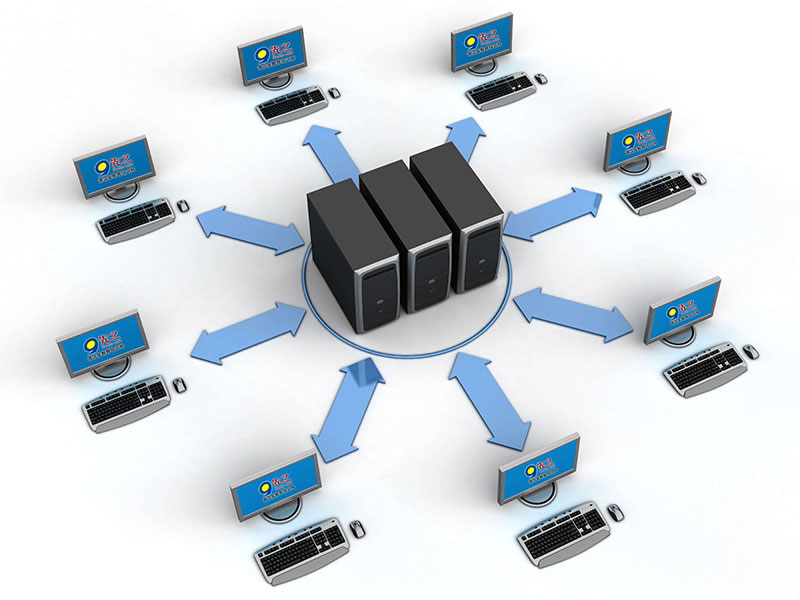What is virtualization?
Under the term «virtualization,» it is accepted to understand the transition from the physical presence of resources to the logical (virtual), which allows you to flexibly change the set of initial elements of IT infrastructure, leaving the level of presentation of services unchanged.
As a rule, most IT professionals are familiar with the technology of virtualization of servers, allowing them to «package» several sometimes incompatible services in one hardware platform. But today, virtualization technologies apply not only to servers but also to data storage and transmission systems (SDA and SDP) as well as to the workplaces of users and are considered a complete concept of IT infrastructure construction.
Virtualization Benefits
Virtualization is a natural development of the idea of consolidation. This concept incorporates the best ideas and technologies existing in the industry.
The introduction of virtualization will:
- Solve new business tasks using existing equipment in less time.
- Reduce the power consumption of data centers (which means reduced air conditioning and power supply costs while increasing the time of infrastructure operation on standby sources in case of power failure).
- Reduce costs by making infrastructure more manageable, simplifying preventive maintenance processes, and using resources efficiently.
- Improve service availability and reduce disaster recovery time.
- To ensure the functioning of productive enterprise systems, regardless of hardware problems.
- Provide load sharing to computing platforms.
- Provide centralized management of the operating system and application updates with the ability to roll back updates.
- Creation of virtual workstations using «thin clients.»
- Creating clones of productive systems for developers without shutting down operation
